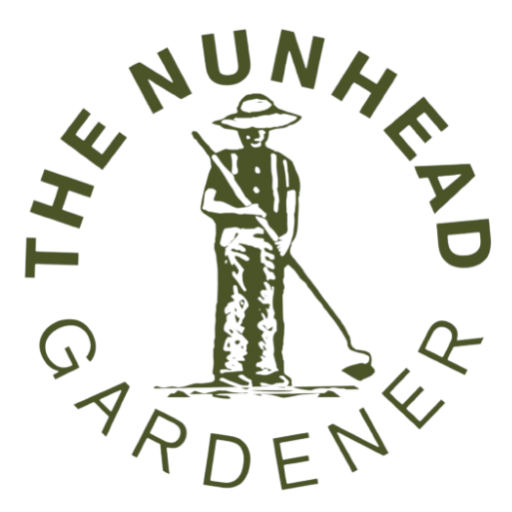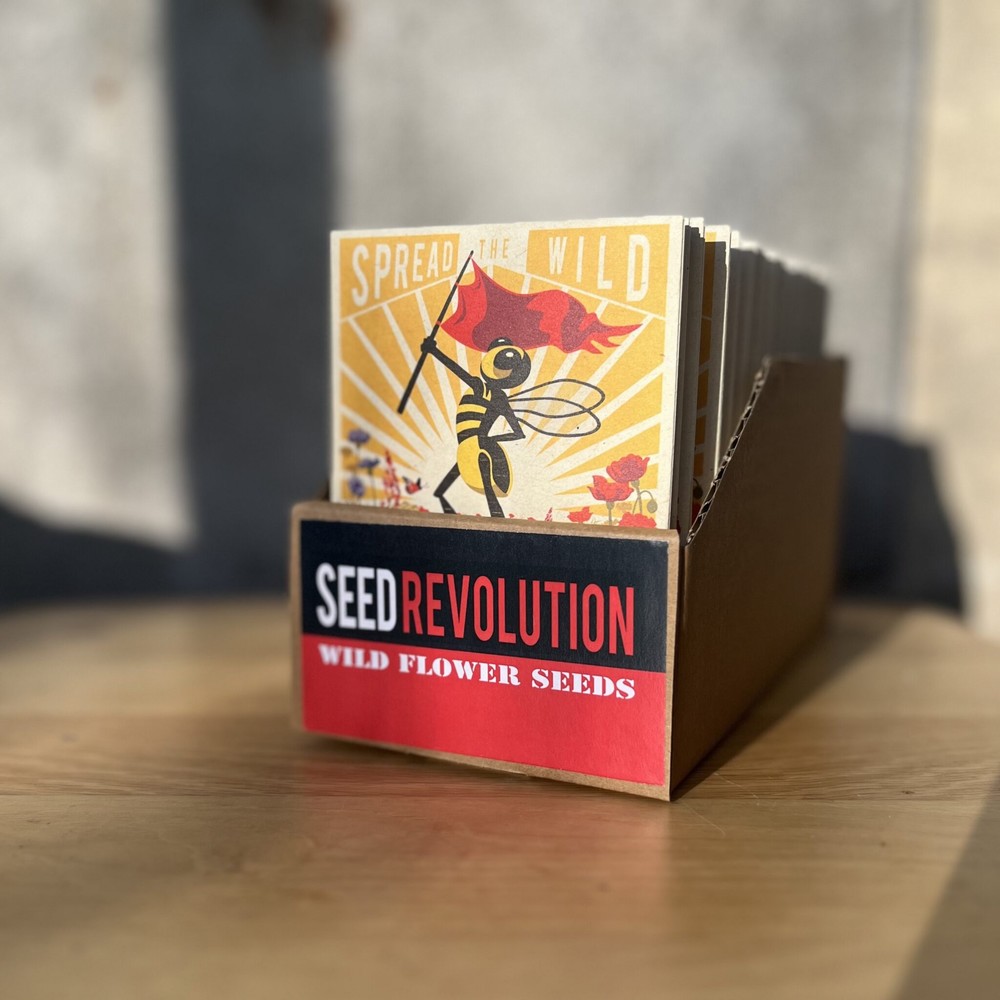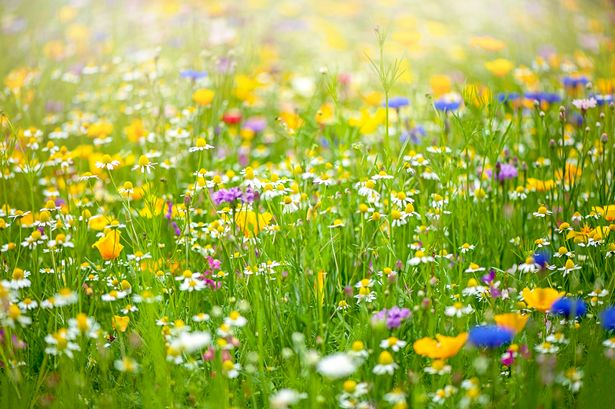Organic Wildflower Seeds.
£2.95
Out of stock
Description
Why Wildflowers? Since the 1930s we have lost 97% of our wild flower meadows in this country. Meadows which provide essential habitats for pollinators. What are pollinators? Bees, bugs, insects, basically those little creatures which convey pollen to a plant allowing it to fertilise. Why is this important? Because every plant, or crop that we eat, everything, is dependent on this process. No pollinators no us. Simple as that. So it’s pretty important we make sure they’re happy! What’s in the packet? Trapped within each pack is a mini meadow just waiting to go bloom! We suggest each packet should give you enough seeds to create a 2 m2 coverage of native wild flowers. You’ll find both annuals and perennials, like poppies, cornflowers, ox eye daisies, and so much more. Harvested from organic meadows in west Dorset, each pack contains a unique blend of native flowers and ancient grasses that bees simply go wild for! How to scatter your seeds: You can introduce wild flowers almost anywhere, to your lawn, a section of your garden, in raised beds, window boxes, plant pots, or allotments. Alternatively, you could do some guerrilla gardening, by lobbying local community groups to allow you to plant on verges/sports fields/parks encouraging them to dedicate a public space to wild flowers. The two rules for successful germination are that wild flowers need sunlight in order to thrive, and that they prefer the lowest, most horrible quality soil you can think of. Think of the poppies on Flanders fields, or on brown field post-industrial sites. These are hardy, pioneering flowers, so they don’t want any compost or fertiliser. If your soil is nutrient rich then you may need to remove the top 3-6 inches of top soil to ensure that the conditions are right for growing wild flowers. Then, simply follow the instructions on the pack. Simply; rip it open, scatter the seeds, and watch them wild! When to scatter: Spring and autumn are your prime scatter seasons. Seeds scattered in autumn will start to bloom in spring, whilst spring scatters will start to grow by late summer, with the main bloom happening the following spring. In the first year, cut your meadow in midsummer, leaving cuttings on the ground for a day or two to let any seeds drop back into the meadow before removing the cuttings. After that, simply sit back and watch the wild life thrive in brand new habitat you’ve created.


